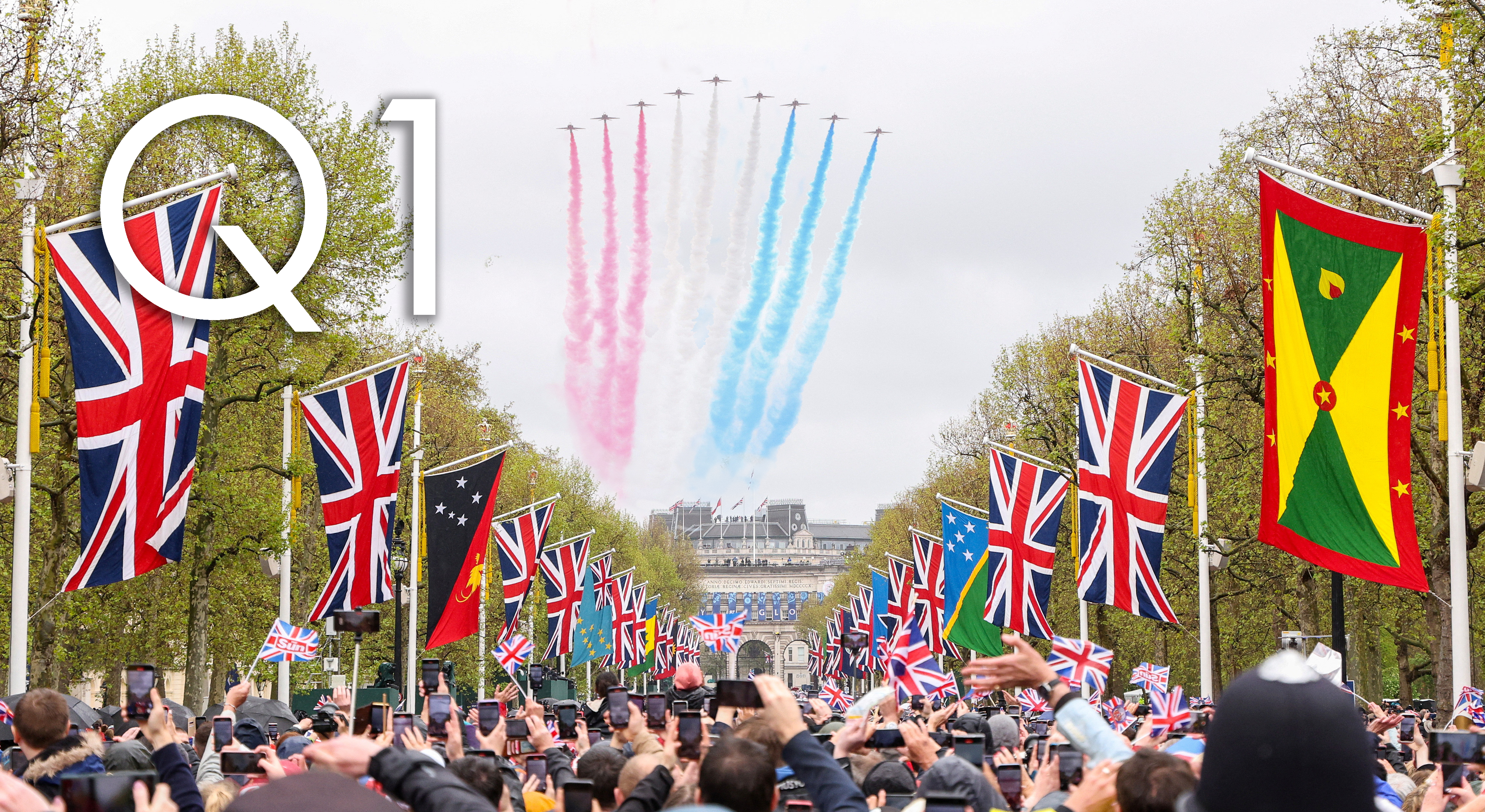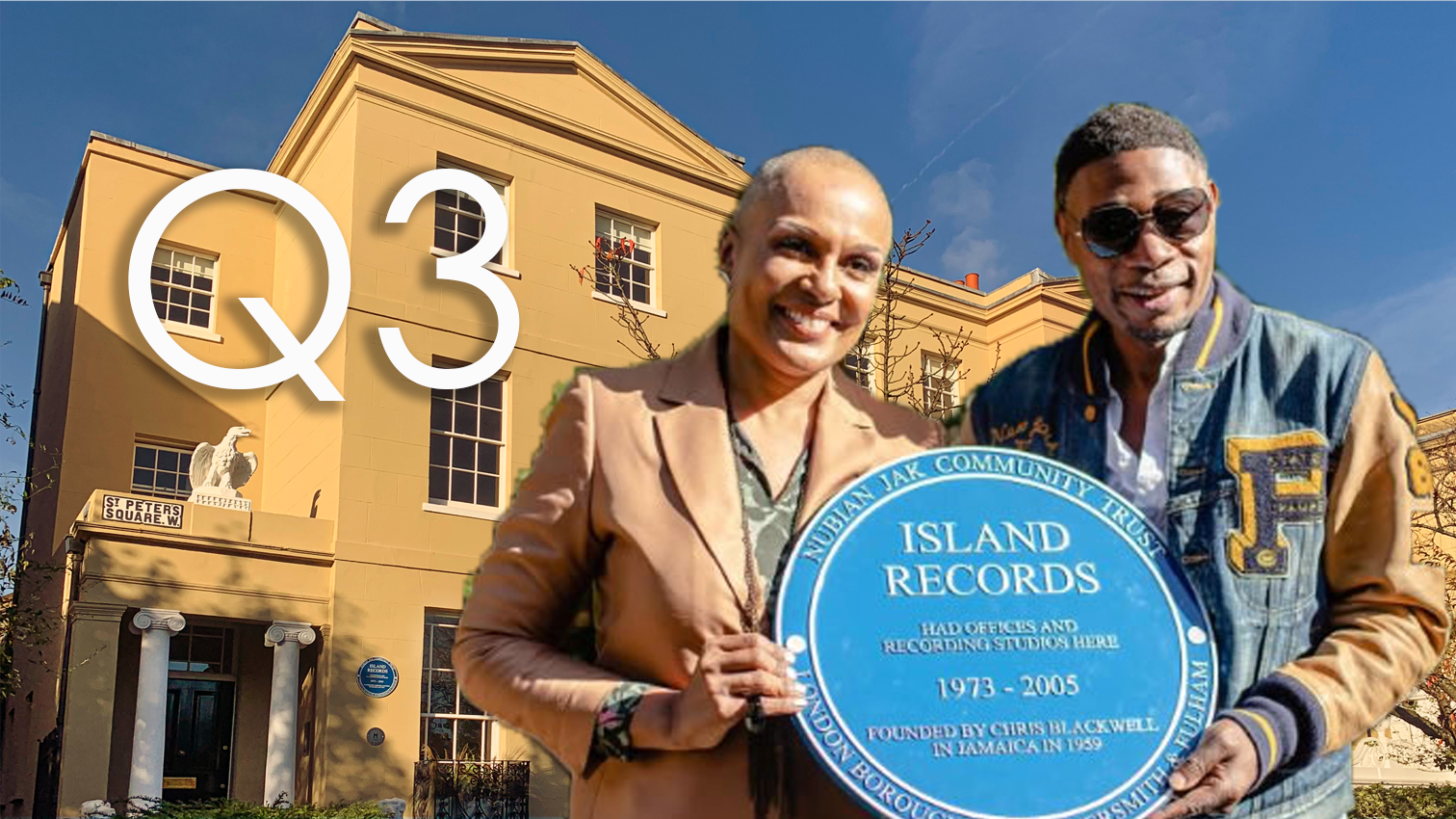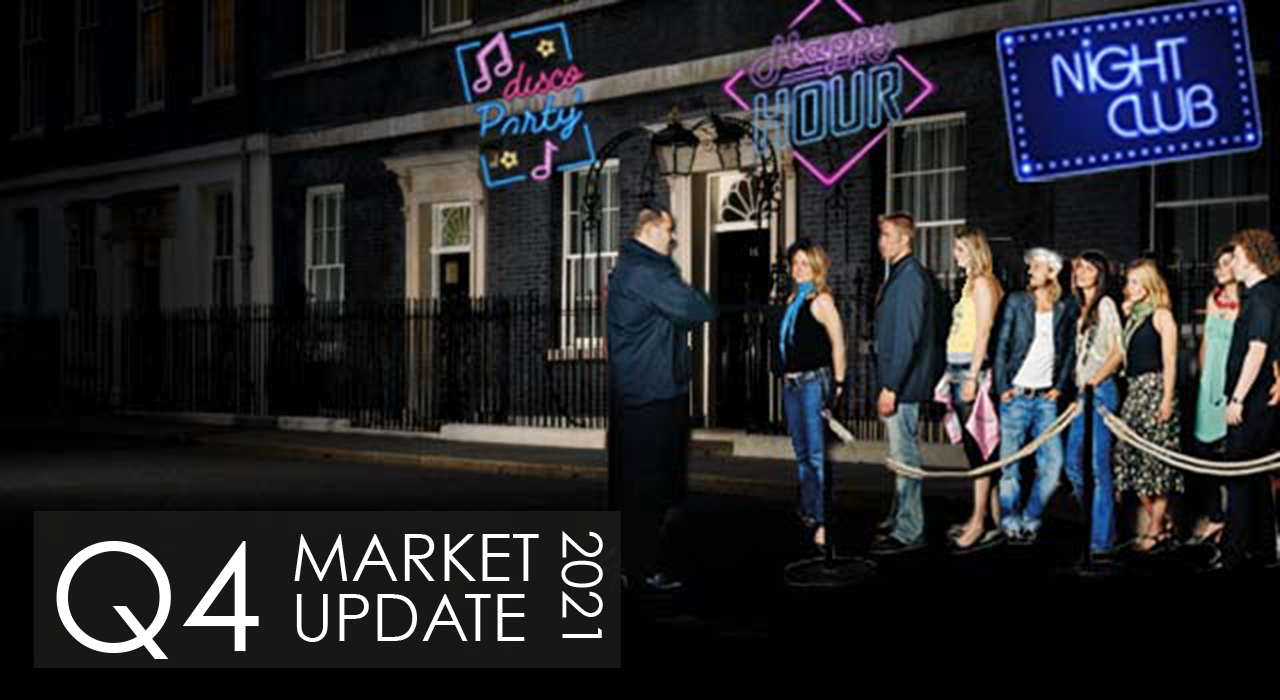Justin Clack reveals the story of boss nova and the real girl from Ipanema,
Whether we’re talking about blues, rock, soul or hip-hop, the big genres of 20th Century pop music had their roots in the poor – usually black – communities of the USA. That is, apart from one: bossa nova.
Originating from Brazil, not only was bossa nova born on a different continent, it emerged primarily from Rio’s affluent beachside neighbourhoods of Ipanema and Leblon, and the clubs of Copacabana. The Mississippi Delta this was not.
The early protagonists of bossa nova (it means “new trend” in Portuguese) listened to George Gershwin, Frank Sinatra, Stan Kenton and ‘cool jazz’, that soft variant of be-bop found on albums like Kind of Blue by Miles Davis.
Perhaps it’s this western influence and cool sensibility that meant in the mid-’60s bossa nova didn’t just remain in the domain of jazz enthusiasts but became an important part of popular music in its own right. It made jazz – and say this quietly – hugely popular.
In the ’60s, major vocalists, such as Frank Sinatra, Tony Bennett, Nat King Cole, Ella Fitzgerald all sang bossa nova and the beat became a jazz and easy-listening standard. The standout track of this movement, Garota de Ipanema (Girl from Ipanema, a song about a 19-year-old living in the upmarket Rio de Janeiro district), is now second only to The Beatles’ Yesterday as the most recorded and performed song in history.
IT STARTS WITH SAMBA
Samba emerged at the end of the 19th Century when former African slaves migrated from the state of Bahia to Rio de Janeiro. In this city their rhythms came into contact with the ballroom dances like the polka, (an eastern European ‘2/4 tempo’ dance), the habanera (from Cuba) and the Brazilian tango.
In the 1950s the samba beat became an influence on young, middle-class musicians, alongside classical and jazz sounds from the USA they were also listening to. Clubs such as the Sinatra Farney and the Stan Kenton Progressive Club were formed by these well-off kids as a way for like-minded enthusiasts to meet. It was this fusion that gave birth to the new sound of bossa nova.
Pianists Johnny Alf and João Donato, both members of the Sinatra Farney Club, were early bossa nova pioneers, heavily influenced by composers such as Debussy and Bach, composer/ song writers such as Cole Porter and George Gershwin, as well as jazz musicians like Miles Davis and John Coltrane.
Alf was recruited to play in the nightclub of the Hotel Plaza in Copacabana, then a meeting point for musicians and bohemians. This venue became the birthplace of bossa nova. Among those who made the regular pilgrimage to watch Alf perform was Antonio Carlos Jobim or ‘Tom’ Jobim for short, the composer of The Girl from Ipanema.
BOSSA TAKES HOLD
The first bossa nova song to be recorded was Chega de Saudad (No More Blues in English), composed by Tom Jobim and recorded by Brazilian singer, Elizete Cardoso. It was released on her 1958 album Canção do Amor Demais but it was singer and guitarist, João Gilberto that made it a Brazilian hit when it was included on his 1959 album – also called Chega de Saudad. Bossa nova, with its new beat and gentle vocal style, was now a music genre in its own right.
Without the backing from major labels, the scene needed its own independent imprint – in this case, Elenco, which put out records by Antonio Carlos Jobim, Sylvhinha Telles, Joao Donata, Nara Leao and Sergio Mendes. Its records were instantly recognisable on sight; white sleeves with high-contrast black and white photos to the fore. This was to save money on colour printing but it became the trademark of bossa nova, so much so that major labels such as Phillips and RCA later copied it when they released their own bossa albums.
THE WORLD LISTENS
An early interaction between the USA and bossa nova was when nightclub singer, Lena Horne smooched with Joao Gilberto while singing Bim Bom in the Copacabana Palace in 1960 (at the time she was touring with Sammy Davis Jr). But in 1961, things really started to heat up when jazz enthusiasts converged on Rio and Sao Paulo for the American Jazz Festival for music, drinking and joint-smoking marathons.
Thanks to this mixing of cultures, the flutist Herbie Mann became the first US artist to record an album with local musicians, while Stan Getz and guitarist Charlie Byrd recorded Antonio Carlos Jobim’s song Desafinado (Off Key) for their Jazz Samba LP. It was a major hit in 1962 reaching 15 on Billboard’s pop chart and number 11 in the UK.
IT’S ALL ABOUT THE GIRL
In 1962, Helôisa Pinheiro, a 19-year-old girl living on Montenegro Street in Ipanema would enter and stroll past the popular Veloso bar-café, on her way to the beach (“each day when she walks to the sea”) buying cigarettes for her mother.
She was “tan, young and lovely” with long brown hair and green eyes, and often left to the sound of wolf-whistles by bar regulars that included Tom Jobim, who decided to pen a song in her honour, with help from the lyricist Vincius de Moraes
In 1964 in New York Joao Gilberto, Antonio Carlos Jobim and Stan Getz were recording the Getz/ Gilberto album. It wasn’t going smoothly. Getz was irritable and slow until he’d had his usual half a bottle of whisky to warm up, and as quietly as Joao Gilberto wanted to sing, Getz insisted on blowing his saxophone loudly. Nevertheless, eight tracks were recorded in two days. On the second day, as they began on their version of The Girl from Ipanema, Joao’s wife, Astrud Gilberto suggested that she sing the English verse that had been decided upon.
The producer Creed Taylor agreed that a female vocal singing in English would widen the audience, despite the fact Astrud was not an established bossa nova singer. The track ended up being long, over five minutes, to allow for Joao’s and Astrud’s parts, as well as Getz’s saxophone solo.
This didn’t matter when it was aimed at the jazz market, but pop needed brevity. Later, Taylor reduced the track to 3’ 55” by excising Gilberto’s part in favour of Astrud’s. The single could now be played on the radio and went on to sell two million copies, propelling sales of the Getz/Gilberto album into thestratosphere. It became one of the best-selling jazz albums ever, and turned Astrud Gilberto into a star.
THE GIRL SPEAKS
The actual Girl from Ipanema herself, Helôisa (or ‘Helô’) Pinheiro, was a mystery until her name was revealed by the composers two years after the record’s release. As this was 1960s Brazil, Helô said later that “the middle-class philosophy was to discourage and even repress any attempts to do anything other than bringing up children and being the perfect housewife”.
Speaking to Umbrella today, she says that unlike the girl in the record, “those characteristics did not fit me, because I was shy and insecure as any other young girl who lived under the pressure of her family.” So all offers of fame and fortune were declined. By 1978, this changed following her husband’s business failure and the birth of her fourth child, who suffered from numerous medical problems that needed paying for.
The modelling assignments and TV appearances immediately came, and later in 2001 Helô opened her own beachwear boutique, Garota de Ipanema. One of the products offered was a T-shirt imprinted with the music and lyrics from the song.
The estates of de Moraes and Jobim filed a suit arguing that the words and music belonged to them but the court found in her favour, stating, “Without her there would not have been the song”. Played so often you might think Helô is tired of the track, she says, “It marked my youth but has accompanied me into old age. When I am recognised in a place where there are musicians someone always tributes me with ‘Garota’ and I often get emotional.” Which is exactly the reaction listeners also have.
And as for bossa nova itself, the lounge renaissance of the 1990s cemented its place in the musical canon of the 20th century. From the beachside cafes of Ibiza to the jazz clubs of Soho, bossa nova is still the music that refuses to be bowed by recession or polluted by tragedy or corruption.
It’s the aching, bittersweet sound of love gained, and perhaps lost – soothing pain and easing stress one gently plucked guitar chord at a time. Dark and lovely, indeed.
Link to Umbrella Article

















